If you’ve been struggling with a bunion, you’re not alone. Many people experience discomfort, pain, and even embarrassment due to bunions, scientifically known as Hallux Valgus. Fortunately, bunion correctors have become a popular solution for people looking for relief without undergoing surgery. But do they really help with Hallux Valgus? Let’s take a closer look at what bunion correctors are, how they work, and whether they’re worth trying for your bunion concerns.
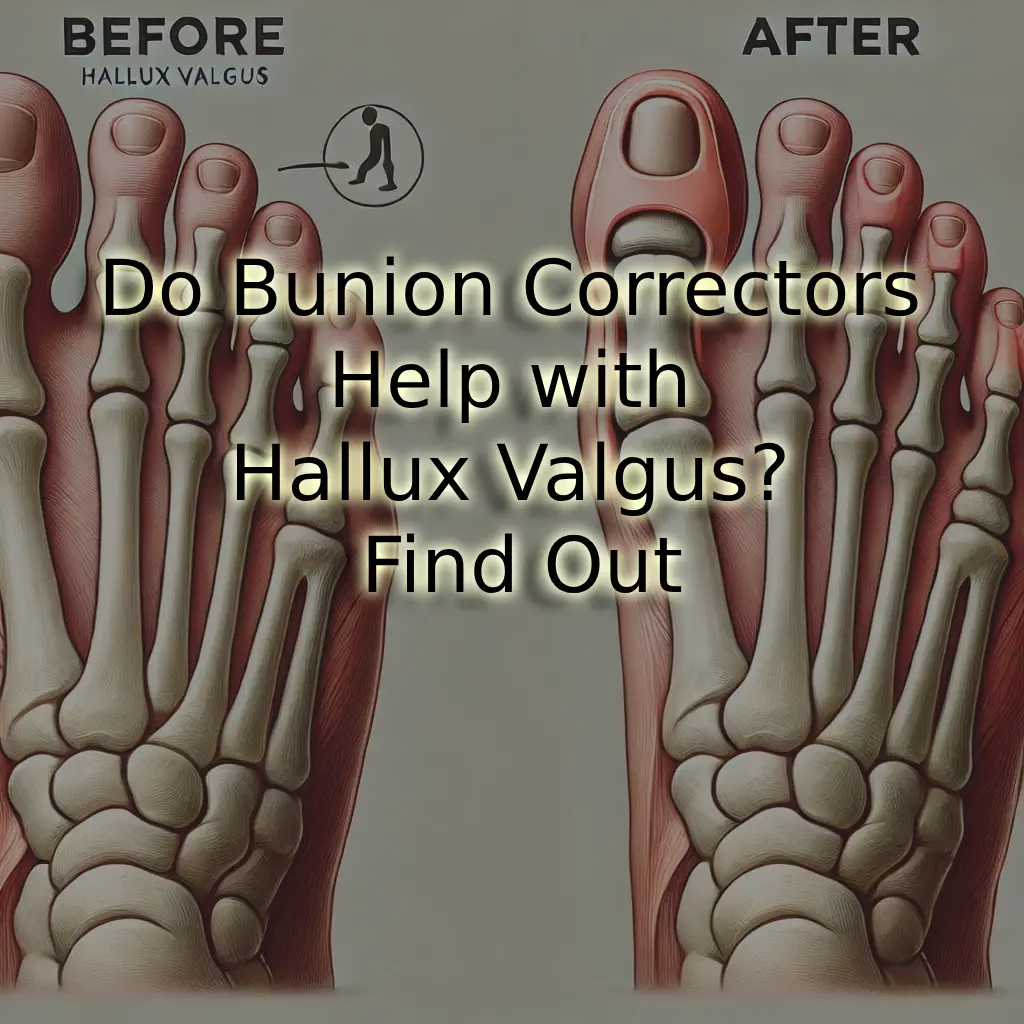
What is Hallux Valgus?
Understanding the Condition
Hallux Valgus is a foot deformity where the big toe gradually leans towards the second toe, causing the joint at the base of the big toe to stick out. This bump, or bunion, can cause discomfort, pain, and inflammation, especially when wearing tight shoes. Over time, the bunion can become worse, making everyday activities like walking or even standing painful.
What Causes Hallux Valgus?
Several factors can contribute to the development of Hallux Valgus, including:
- Genetics: If bunions run in your family, you may be more prone to developing them.
- Improper footwear: Wearing high heels or shoes that are too tight can push the toes together and contribute to the development of bunions.
- Foot shape: People with flat feet or abnormal foot structure may have a higher chance of developing bunions.
- Arthritis: Inflammatory conditions like arthritis can also lead to bunion formation.
What Are Bunion Correctors?
The Basics of Bunion Correctors
Bunion correctors are non-surgical devices designed to realign the big toe and relieve the pain caused by bunions. They come in various forms, including splints, pads, and sleeves, and are typically worn on the foot to hold the toe in a more natural position. Some are designed for daytime use, while others are meant to be worn overnight to help gradually correct the alignment of the toe.
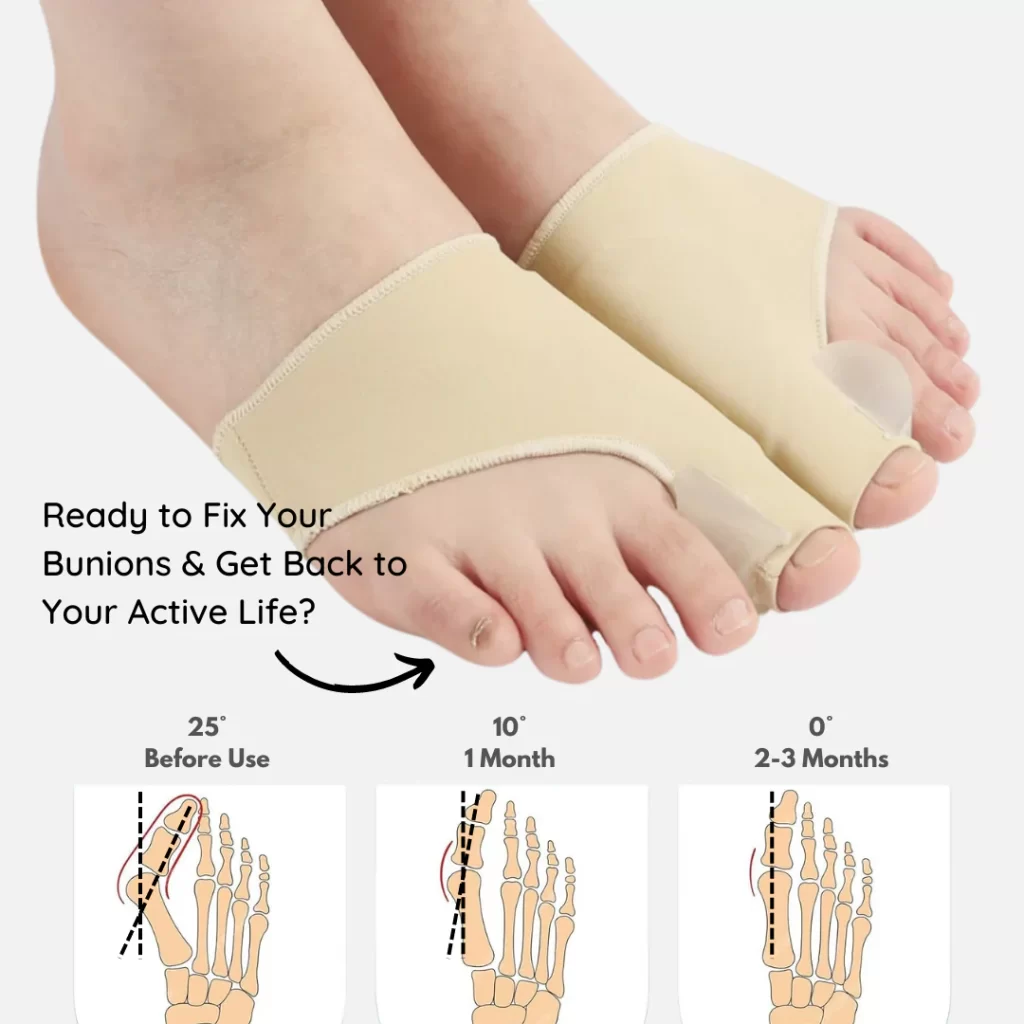
Different Types of Bunion Correctors
There are several types of bunion correctors on the market, each offering a slightly different approach:
- Bunion Splints: These are often made from more rigid materials and are designed to hold the big toe in place. They provide stability and are typically worn at night.
- Gel Pads and Toe Separators: These offer a softer approach, cushioning the bunion and gently separating the big toe from the second toe. They’re comfortable to wear inside shoes and are ideal for daytime use.
- Bunion Socks: These combine cushioning and support, helping to reduce pain and provide gentle pressure to realign the toe.
How Do Bunion Correctors Work?
The Science Behind Bunion Correctors
Bunion correctors aim to improve the alignment of the big toe by applying gentle pressure to push the toe back into a more natural position. Over time, this consistent pressure can help reduce the severity of the bunion and provide relief from pain and discomfort.
While they don’t permanently “cure” bunions, bunion correctors can help slow the progression of Hallux Valgus and alleviate the associated symptoms. By wearing a bunion corrector regularly, especially during rest or sleep, you may notice a reduction in pain, better toe alignment, and even improved balance.
The Benefits of Bunion Correctors
Here are some of the main benefits you can expect when using bunion correctors:
- Pain Relief: By reducing the pressure on the bunion, these devices can significantly relieve pain, especially when walking or standing.
- Improved Toe Alignment: Regular use can help gently push the big toe into a more natural position, reducing the visible bump.
- Prevention of Worsening Symptoms: For those with mild to moderate bunions, using a bunion corrector can help prevent the condition from worsening.
- Non-Invasive Solution: Unlike surgery, bunion correctors offer a non-invasive way to manage your symptoms, making them a great first step before considering more drastic measures.
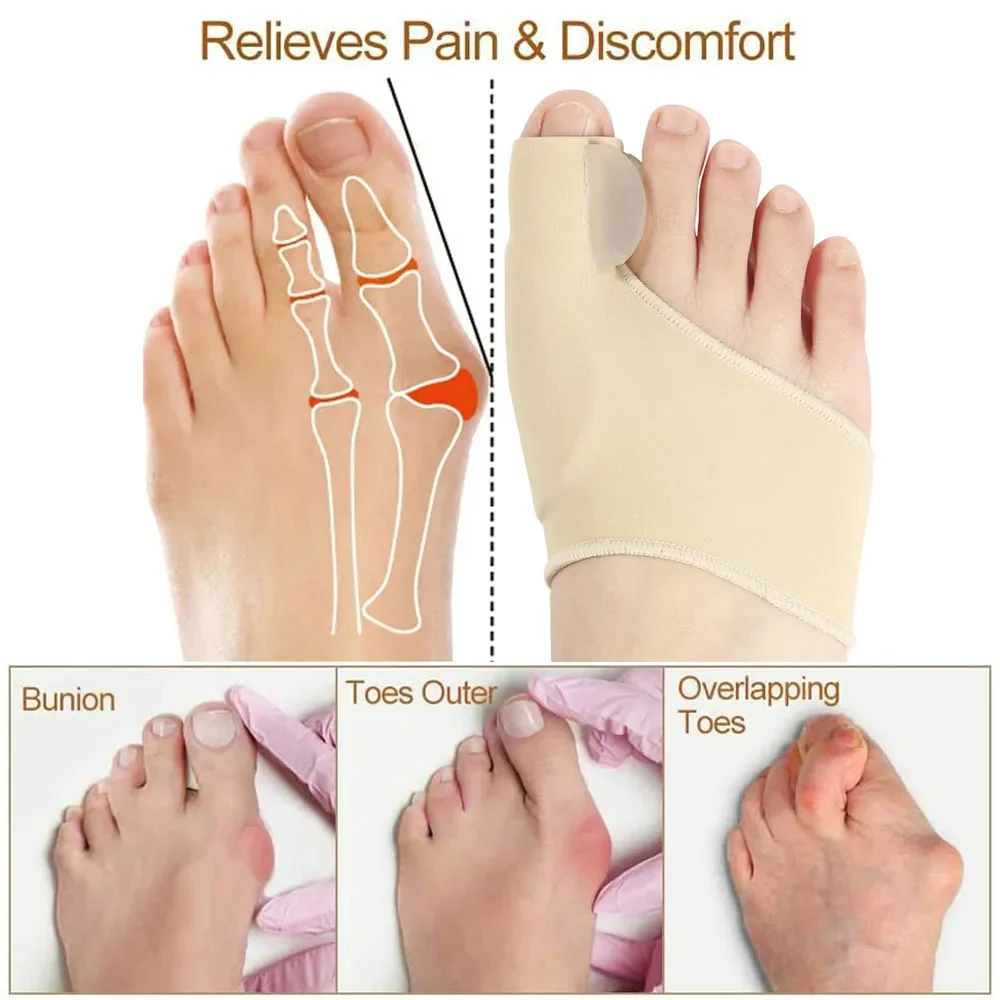
Do Bunion Correctors Really Help?
What to Expect
While bunion correctors may not entirely reverse the deformity, they can offer significant relief, especially for those in the early to moderate stages of Hallux Valgus. The results can vary depending on factors like the severity of the bunion and how consistently you use the corrector.
For people with severe bunions, a bunion corrector may not provide a permanent solution, but it can still help reduce pain and slow the progression of the deformity. In such cases, surgery might be necessary to fully correct the alignment of the toe, but a bunion corrector can be used as a complementary treatment.
User Experiences and Reviews
Many people who use bunion correctors report positive results, especially when combined with other treatments like wearing wider shoes and practicing foot exercises. Users often highlight improvements in pain levels and the ability to wear shoes more comfortably. Some even report noticeable changes in toe alignment after consistent use over several months.
However, it’s essential to manage your expectations. Bunion correctors are not a quick fix, and results may take time to become apparent. Patience and consistent use are key to seeing improvement.
How to Get the Most Out of Bunion Correctors
Tips for Using Bunion Correctors Effectively
To maximize the benefits of bunion correctors, follow these tips:
- Wear them regularly: Consistent use is crucial. Wear the corrector according to the manufacturer’s instructions, whether during the day or while sleeping.
- Combine with other treatments: Stretching exercises, foot massages, and wearing appropriate footwear can enhance the effects of bunion correctors.
- Choose the right size: Ensure the bunion corrector fits properly to avoid additional discomfort. Some products come in different sizes or are adjustable.
- Be patient: Don’t expect immediate results. Bunion correctors work gradually, so give them time to make a difference.
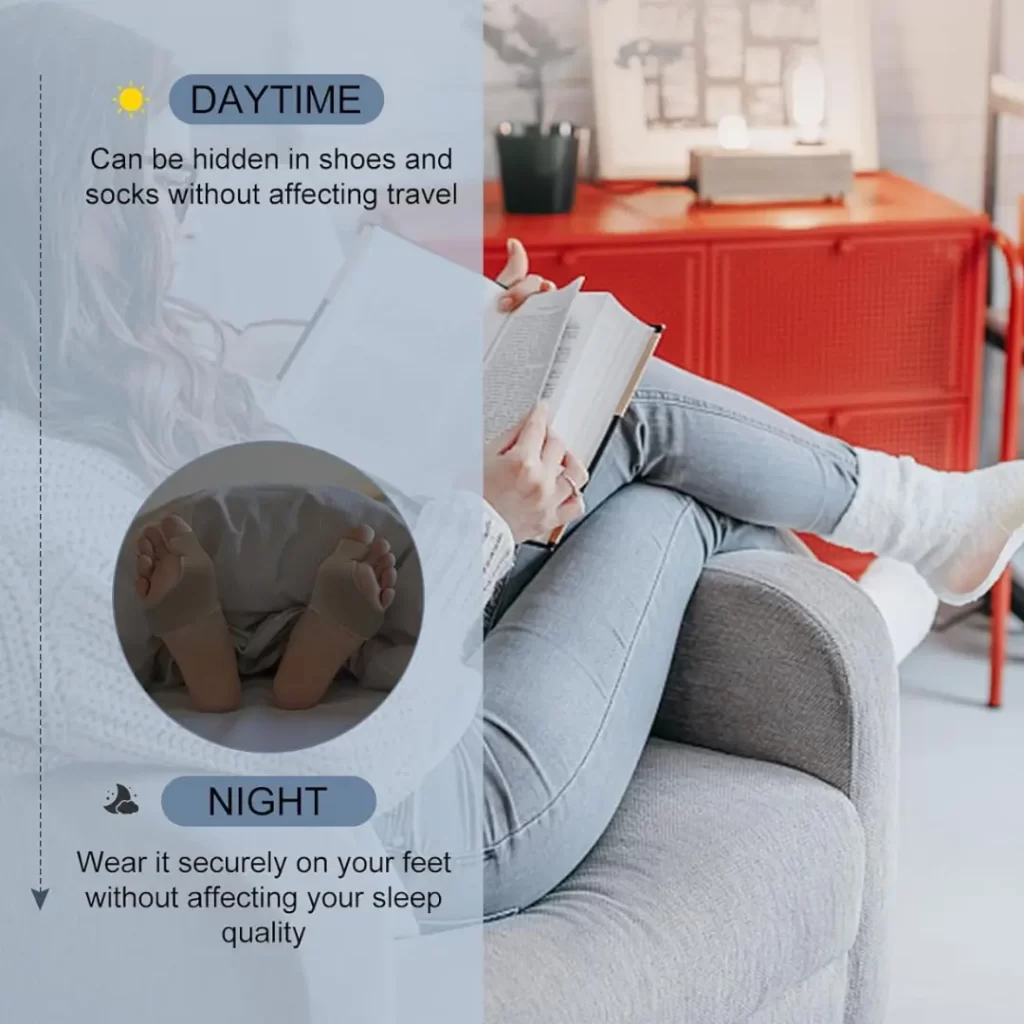
When to Consider Surgery
Is Surgery Necessary for Severe Bunions?
If your bunion has become extremely painful or is affecting your ability to walk, surgery might be the best option. Bunion surgery, also known as a bunionectomy, involves realigning the bones of the foot to correct the deformity. While it’s an effective solution for severe cases, it comes with a longer recovery time and higher cost compared to using bunion correctors.
Many people choose to try bunion correctors before resorting to surgery, as they offer a less invasive, lower-risk approach to managing bunions.
Conclusion: Are Bunion Correctors Worth It?
Bunion correctors can be an excellent option for those looking to alleviate the pain and discomfort of Hallux Valgus without undergoing surgery. They offer a non-invasive way to improve toe alignment and prevent the bunion from worsening, especially when combined with other foot care strategies.
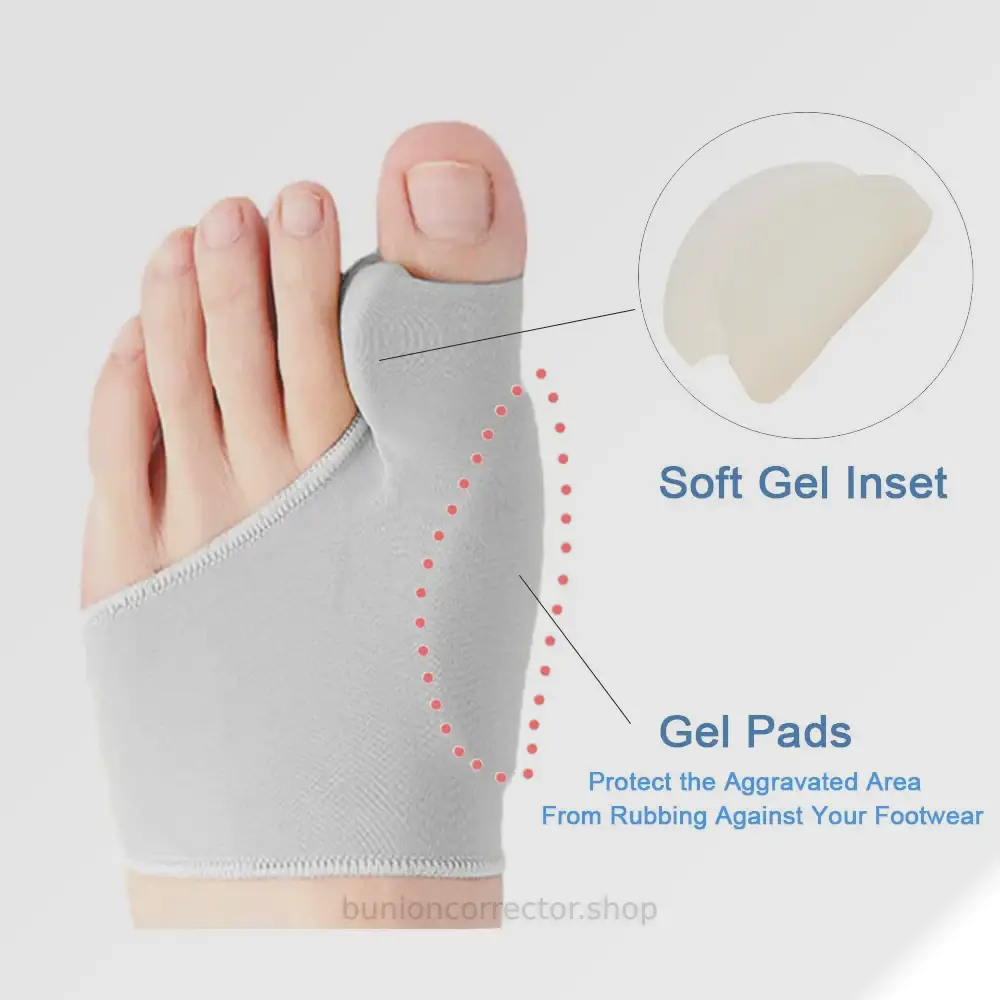
While they may not completely cure severe bunions, they provide a valuable tool for managing symptoms and slowing progression. For many people, the pain relief and improved mobility are well worth the investment.
If you’re looking for a simple, effective way to deal with your bunion, bunion correctors are a great place to start. They offer a comfortable, low-cost solution that can help you stay active and pain-free.